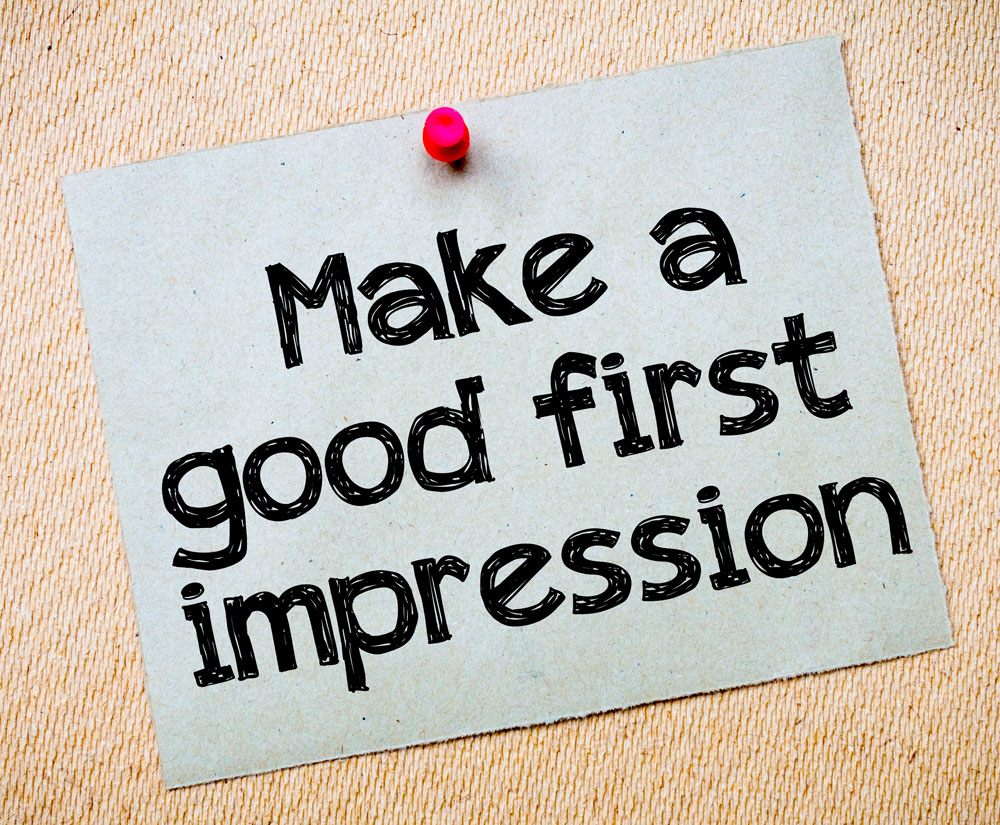Why High-Quality Imagery is Critical for E-commerce Success
In the world of e-commerce, first impressions are everything. With consumers scrolling through websites and social media platforms at lightning speed, businesses have just seconds to capture attention. High-quality imagery plays a pivotal role in this process. Whether you’re selling products or services, the visuals you present are as important as your copy or pricing. They not only draw in potential customers but also shape their perceptions of your brand, build trust, and ultimately drive sales.
In this article, we’ll explore why high-quality imagery is essential for e-commerce success, how it influences purchasing decisions, and the best practices for ensuring your visuals stand out in the crowded digital marketplace.

1. First Impressions Matter
In a digital environment, where users can’t physically touch or examine products, images serve as a stand-in for the real thing. When someone lands on your website, the first thing they notice is the visuals. According to research, it takes about 50 milliseconds for users to form an opinion about your website, and the quality of the images can make or break that initial judgment.
A blurry or poorly lit image can lead a potential customer to doubt the quality of your product or the professionalism of your brand. Conversely, sharp, clear, and visually appealing photos instill confidence and entice visitors to explore further. Remember, high-quality imagery is often synonymous with high-quality products in the minds of consumers.

2. High-Quality Images Boost Conversion Rates
One of the key reasons high-quality imagery is so important for e-commerce is its direct impact on conversion rates. High-quality product images increase conversion rates by up to 30%, according to various industry studies. When consumers can clearly see the details of a product—its texture, color, and size—they’re more likely to feel confident in their purchase decision.
People want to make informed choices, and the better they understand your product visually, the more likely they are to hit that “Buy Now” button. Providing multiple high-quality images, including close-ups and different angles, helps customers visualize the product and reduces uncertainty.

3. Building Trust with Your Audience
Trust is everything in e-commerce. Consumers need to feel that they can rely on the seller to provide what’s promised. High-quality, professional imagery contributes to building this trust by signaling that you care about your brand and the products you offer. Clear, well-composed images create a sense of transparency, showing customers exactly what they can expect when purchasing your products.
On the flip side, low-quality images can raise red flags. If your images are pixelated or poorly composed, potential buyers may question whether you’re trying to hide something or whether your product is genuinely worth their investment. Trust and professionalism go hand in hand, and the visuals you use reflect this relationship.
4. Enhancing the Customer Experience
In e-commerce, the user experience (UX) is crucial to customer satisfaction and retention. High-quality imagery enhances UX by providing a more enjoyable and engaging browsing experience. When customers can easily see detailed images of products, they are more likely to linger on your site, explore your offerings, and even make additional purchases.
Interactive features, like zoom functionality or 360-degree views, can take this experience to the next level. These features allow customers to inspect products in closer detail, mimicking the in-store experience as much as possible. This is especially valuable for products that customers may be hesitant to purchase online, such as clothing, furniture, or jewelry.
5. Standing Out in a Crowded Marketplace
With the rise of e-commerce, competition is fierce. To stand out among the countless online retailers, your imagery must capture attention and convey your unique brand identity. High-quality photos help to differentiate your products and brand from others by giving your site a polished, professional appearance.
Unique, creative visuals that align with your brand’s story can set you apart from competitors. Consistent branding through imagery, including color schemes, lighting, and composition, makes your online presence memorable and recognizable. This consistency across your website, social media, and other digital channels helps create a cohesive and trusted brand image.

6. Reducing Return Rates
One of the hidden costs of e-commerce is returns, which can eat into profit margins. One of the top reasons for product returns is that the item doesn’t match the customer’s expectations, often due to unclear or low-quality product images. Providing accurate, high-resolution images reduces this risk.
When customers can see every detail of a product—its color, material, and dimensions—they are less likely to be surprised when it arrives. This transparency leads to more informed purchases, higher satisfaction rates, and fewer returns. For categories like fashion, electronics, or home goods, where return rates can be particularly high, investing in quality imagery is a must.
7. SEO Benefits of High-Quality Imagery
High-quality imagery doesn’t just appeal to your customers—it also plays a role in improving your search engine rankings. Well-optimized images (with proper file names, alt text, and relevant keywords) can help improve your website’s SEO. Search engines, like Google, consider image quality as part of the overall page quality when determining rankings.
Additionally, images can drive traffic from search engines through Google Images, bringing in visitors who may not have otherwise found your site. Optimized images, combined with fast loading times and mobile-friendly design, are key to boosting your website’s SEO performance.
8. Leveraging Visuals for Social Media and Ads
High-quality imagery doesn’t just stay on your product pages—it’s also a key component of your social media and advertising strategy. Platforms like Instagram, Facebook, and Pinterest are heavily visual, and their users expect to see professional, high-quality content. Ads with strong, attention-grabbing visuals tend to have higher click-through rates (CTR), resulting in more traffic and, ultimately, more sales.
Incorporating visually appealing, consistent imagery across all your marketing channels helps build brand recognition and ensures that your products are seen in the best possible light.

9. The Psychology Behind Great Images
Humans are visual creatures, and research shows that people process images much faster than text. High-quality images trigger emotional responses and create a connection with the viewer. In e-commerce, this emotional connection can be the deciding factor between someone making a purchase or bouncing off the page.
Bright, well-lit images can evoke feelings of trust and happiness, while poorly lit images can invoke doubt. Understanding how imagery impacts consumer psychology is key to crafting visuals that not only showcase your products but also persuade potential buyers.

In e-commerce, high-quality imagery is not just a nice-to-have feature—it’s critical for success. From creating powerful first impressions to building trust, boosting conversion rates, and reducing returns, professional visuals are an investment that pays off in countless ways. By presenting your products in the best possible light and optimizing your images for SEO, you can enhance the overall customer experience and drive more sales.
In a competitive digital landscape, where customers can’t physically interact with products, your images do the heavy lifting. Investing in high-quality photography and consistent visual branding isn’t just about looking good—it’s about growing your business.
